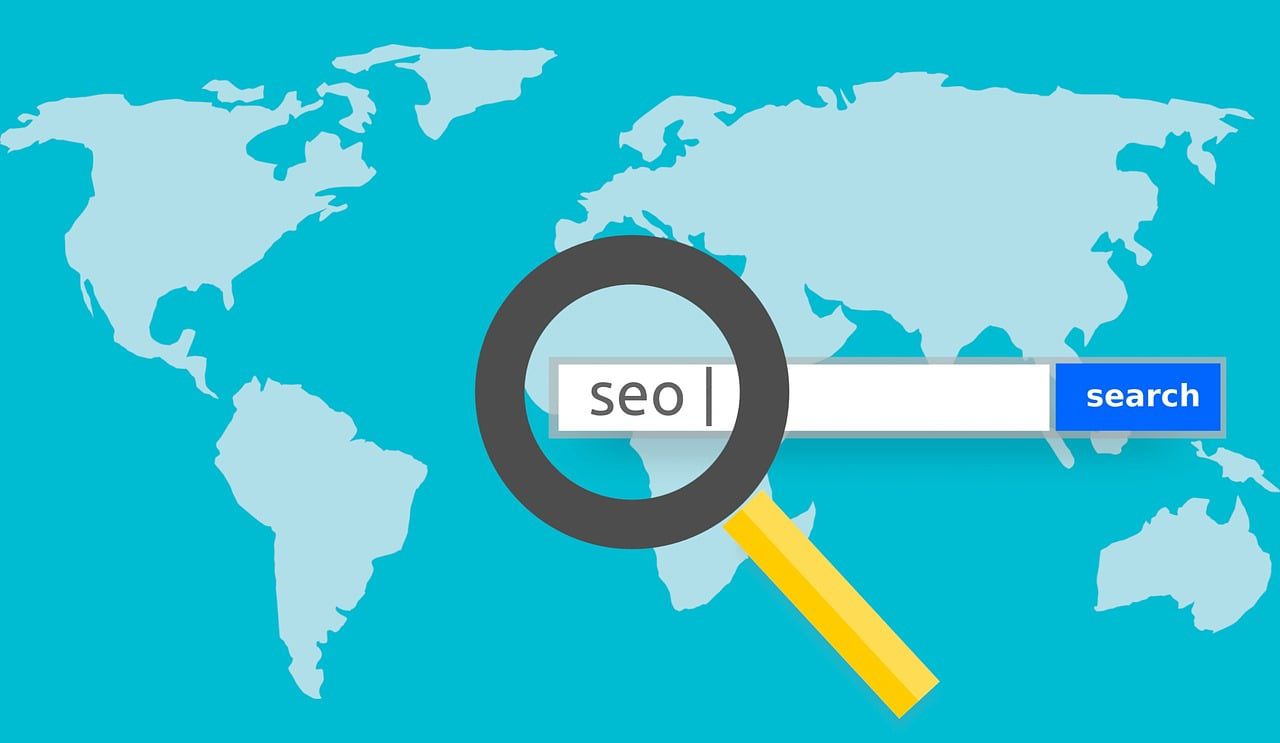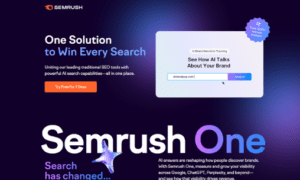For many years, SEO has been driven by a mix of experience, intuition, and occasional trial and error. Marketers would adjust content or keywords, wait weeks for data, and hope to see improvement. Today, however, the search landscape moves too quickly for that approach to work. Real progress now depends on insight and evidence, not instinct.
That’s where dashboards come in. They bring all your SEO data together, removing the uncertainty that comes with scattered reports and disconnected tools.
Moving Away from Guesswork
Relying on guesswork can lead to poor decisions and missed opportunities. Without a clear picture of performance, it’s difficult to tell whether rankings are changing because of a technical issue, a competitor update, or a content gap.
Traditional SEO reporting often leaves professionals sifting through spreadsheets or switching between multiple analytics tools. This fragmented approach slows decision-making and makes it harder to identify trends in time to act.
Dashboards, on the other hand, transform complex data into a clear, cohesive view. They show what’s happening now, what’s working, and what needs attention, all in one place.
The Benefits of Dashboard-Driven SEO
1. Real-time insight
Dashboards offer a live window into SEO performance, letting teams respond quickly to changes rather than waiting for monthly reports.
2. Unified data view
Bringing analytics, keyword tracking, and technical SEO metrics together creates a more accurate understanding of cause and effect. It connects on-page optimization, backlinks, and content performance within one visual space.
3. Measurable progress
When SEO results are displayed through key performance indicators, trends become clearer, and strategy becomes easier to refine. Teams can see what drives growth and where to focus next.
4. Easier collaboration
Dashboards simplify communication across departments or with clients. Instead of lengthy explanations, the data speaks for itself through clear visuals and summaries.
Many professionals now use tools such as an SEO dashboard to streamline this process. Platforms like this consolidate traffic trends, keyword visibility, and technical insights, helping users interpret their SEO data more effectively without jumping between platforms. This integration turns data into something more actionable and accessible for both marketers and decision-makers.
How Dashboards Encourage Smarter SEO Strategies
A structured dashboard allows teams to move from monitoring data to actively managing it. By focusing on metrics tied directly to business goals, such as conversions, visibility, or engagement, SEO becomes a measurable contributor to wider marketing performance.
Dashboards also promote accountability. When results are visible to everyone involved, it’s easier to align priorities, identify what’s working, and justify where effort or budget should go next. This transparency supports smarter strategies and faster decision-making.
Making the Transition to Data-Led SEO
For teams still relying on manual reports or spreadsheets, adopting dashboards can seem like a big step, but it pays off quickly. Start by identifying your key metrics, connecting data sources, and focusing on visualizing the numbers that matter most.
Once your system is in place, the time saved on reporting can be invested in optimization and content strategy. Over time, this leads to more consistent improvements in performance, guided entirely by data rather than guesswork.
Summing Up
The future of SEO is not about gut feeling or delayed reporting; it’s about precision and clarity. Dashboards provide that foundation by unifying data, revealing insights, and driving smarter decisions.
As more marketers embrace this approach, success will come not from who guesses best, but from who measures best. The shift toward data-led SEO is already underway, and dashboards are at the center of it.



































